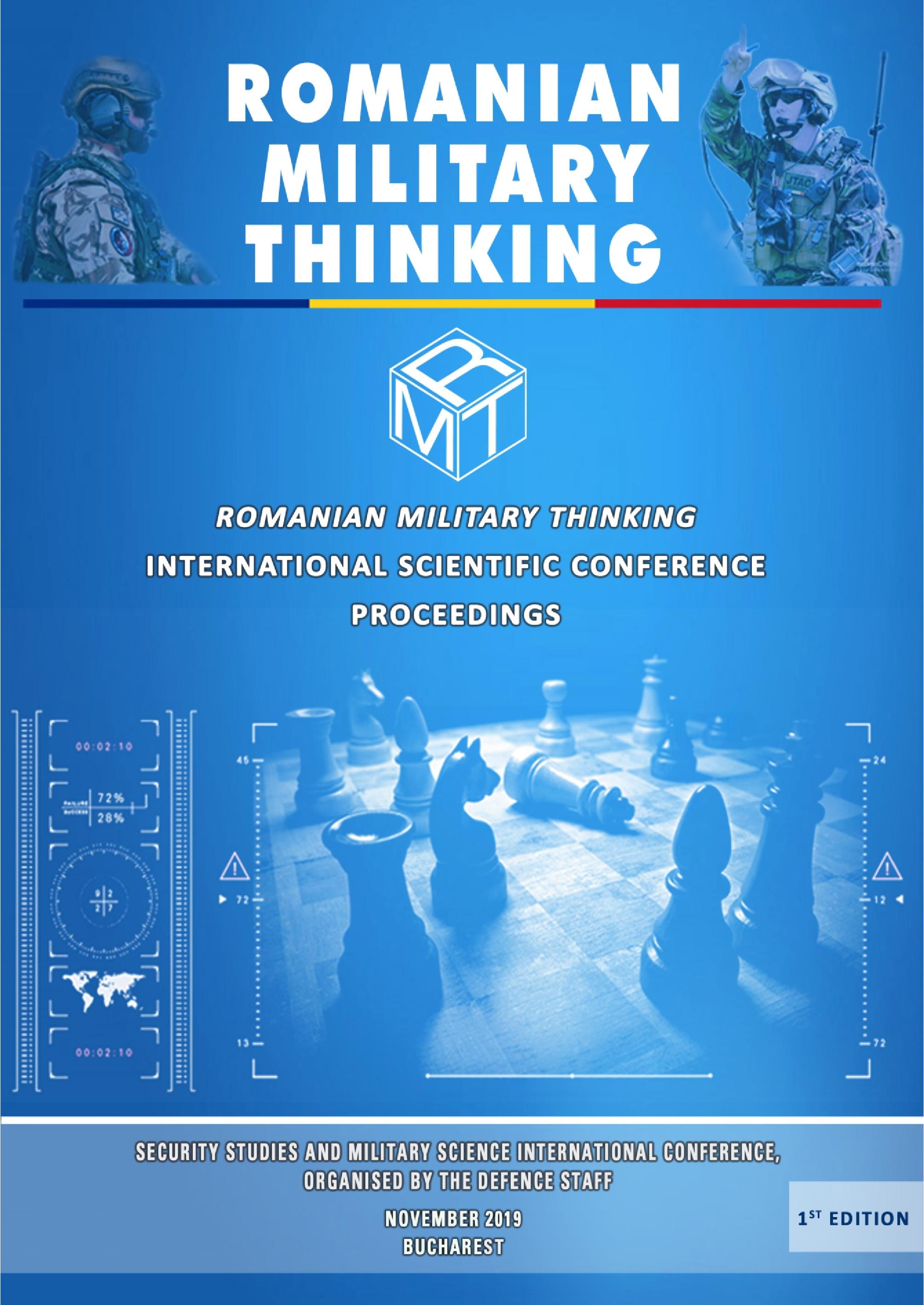
Symmetry and Asymmetry in Recent Military Conflicts
The changes that have taken place internally and internationally in the last decades inthe political, economic and military field have led to contradictory and surprising evolutions.Of all the mentioned areas, the military one has perhaps suffered the most spectaculartransformations, which have involved reorientations, re-evaluations and reorganisations inthe system of planning and developing military actions. The so-called declarations of warhave disappeared. Humanitarian reasons, the democratisation of the target state or the fightagainst terrorism are increasingly brought into the discussion. In some situations, internationalorganisations are the ones that take the diplomatic initiative. The analysis of the unfolding ofthe military conflicts in the post-war period highlights the increased weight of the technicalscientificfactor in determining the ratio of forces and implicitly in achieving the imbalancethat leads to obvious asymmetric effects. All military conflicts, without exception, during thisperiod, were influenced to a great extent by the technological ascendancy over the means ofconducting military actions. The wars of the last decades are good examples in this regard. Thearticle wants to emphasise the fact that, under the present conditions, the disproportionatewar is not only a consequence but also a project of the states in conflict.
More...